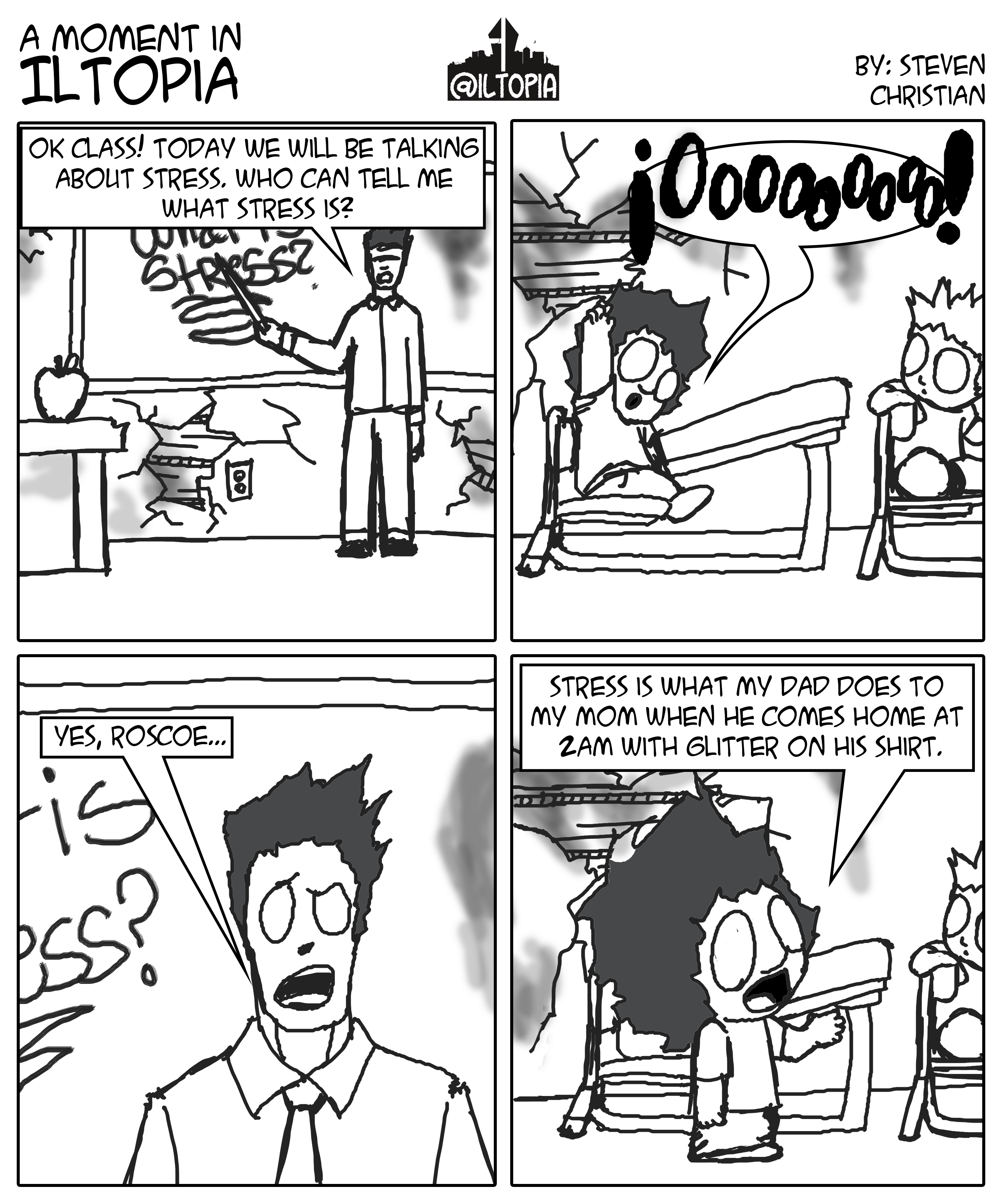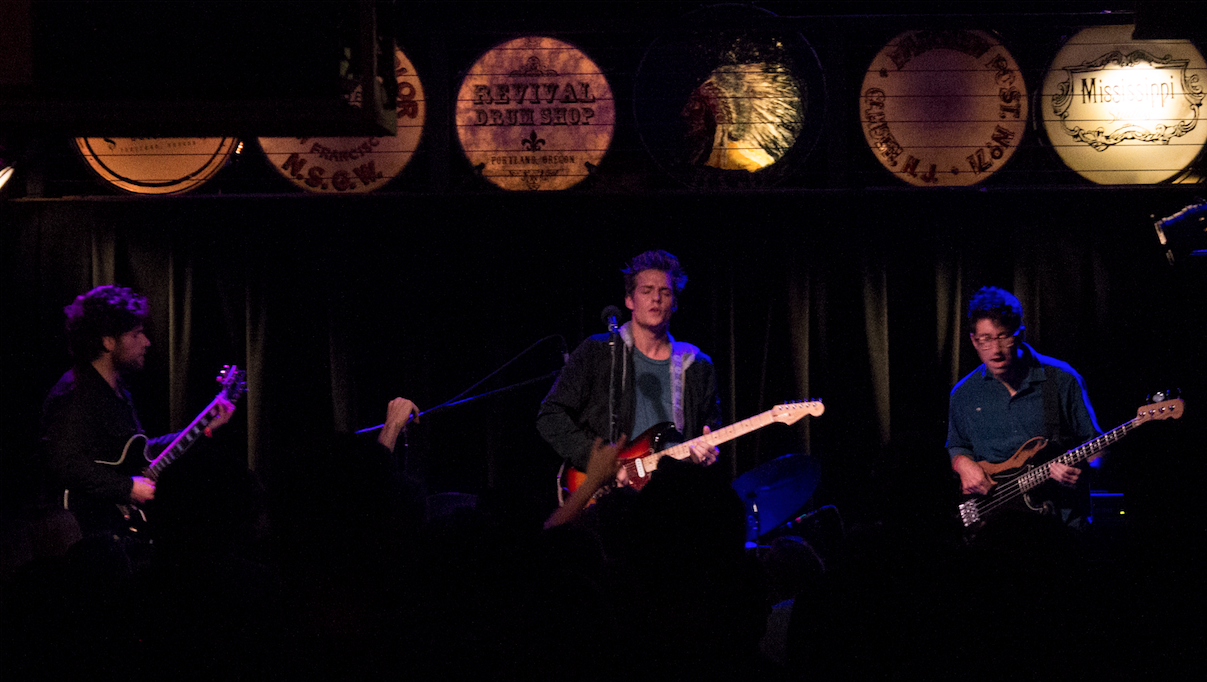The Portland State University Orchestra opened its annual performance season with a groundbreaking pre-Halloween concert on Saturday, Oct. 24, inside Lincoln Hall. The Portland State of Mind concert, led by Music Director Ken Selden, featured three unique ensembles representing Joachim Raff, Anna Thorvaldsdottir and Mozart.
Each set delivered distinct blends of strings, woodwinds, piano and harmonies, harvested specifically for a fall evening’s warmth and entertainment.
The innovative element of the show, however, was the Portland premiere of Anna Thorvaldsdottir’s ethereal movement, “Hrim.” Thorvaldsdottir, an Icelandic composer, has received the Kravis Emerging Composer Award from the New York Philharmonic.
As the radical composer’s music gains recognition and momentum around the world, the PSU Orchestra’s live performance was a first for the Portland listening audience.
Professor Selden commented on the vaporous notation of “Hrim,” the challenges of preparing to perform such a complex piece and the song’s Halloween-conjuring vibe.
“We talk about how music is notated in this century and what kind of tools composers use in order to find new ways to express their art,” Selden said. “We talk about the music, the notes the composer has written, and then we talk about the landscape of the composer and what the visual parallels are. First the musical gesture, then the notes, then the details. Then we have to find a way to make it accurate.”
“Hrim” is an eight-minute sonic ensemble of epic magnitude. Elements of sound, great and diminutive, haunt the audience with both familiarity and strangeness.
Its accoutrements are born of the harsh landscape of Iceland’s natural habitat and manifested through musical special effects. Wind players flutter their tongues over their instruments; strings players strike the bridges of theirs; the pianist sometimes works under the hood of the piano. The resulting impact on the audience is immersive and surreal.
“We try to represent major composers that are emerging from different parts of the world, so we were really excited to bring her music here,” Selden said. “She has a really unique voice. She is now on the map.”
As the piece opens, string instruments waver like howling northern winds; eerie effects from the piano emit imagery of some macabre Shakespearean scene. Performers decked in masks and costumes of angels, garden gnomes, fairies and superheroes add to the festive mood.
After only three weeks’ preparation, and a week earlier than last year, it was a challenge for PSU Orchestra’s student-musicians to be fully ready to perform. Many of the students had never played anything similar to modern compositions. Pianists sometimes go out of the standard repertoire, but most strings players have studied only baroque and classical music throughout their high school careers; avant-garde notation can be completely unfamiliar.
“It’s like jumping into a lake for the first time,” Selden said.
Kyle Lissman, PSU’s senior bassist, expounded on the proposition of preparing for such a sophisticated and unprecedented performance.
“You have to realize what’s most important to try and capture when you’re rehearsing it. The rhythms are more important than actual notes at times, because of the dissonant qualities of quarter tones and things like that,” Lissman said. “My thought process was to practice with a metronome. It’s more about listening to everyone else’s parts and fitting into that sound.”
The three-part concert opened with Joachim Raff’s “Sinfonietta in F Major, Op. 188 (1873),” led by Lisa Castleman, the assistant conductor. The movements featured harmonies of bassoons and clarinets while flutes danced in and out. The pieces delivered steady progressions, while the ensemble presented tightly collaborative conclusions and an advanced sound for being so early in the performance season.
Selden described Raff’s work as very important to the Romantic Period.
“He wrote 11 symphonies and disappeared from our history books. It’s interesting to hear a voice like this—so familiar, yet so unknown,” Selden said.
The third and final ensemble presented Mozart’s “Quartet No. 22 in B Flat Major, Op. 589 (1790).”
“It’s a piece where we can get loose, let our hair down and giggle, and express ourselves in a less formal way,” said Loren Masanque, PSU’s senior viola player. “A great way to end the concert.”
Orchestra fans can keep up with goings-on through Professor Selden’s blog, The PSU Orchestra. The next performance will be Haydn Lord Nelson Mass with the PSU Choirs and guest conductor Grete Pederson, on Saturday, Nov. 14 at 1 p.m. at First United Methodist Church. Allow yourself a luxury and make plans to experience the PSU Orchestra this season.






